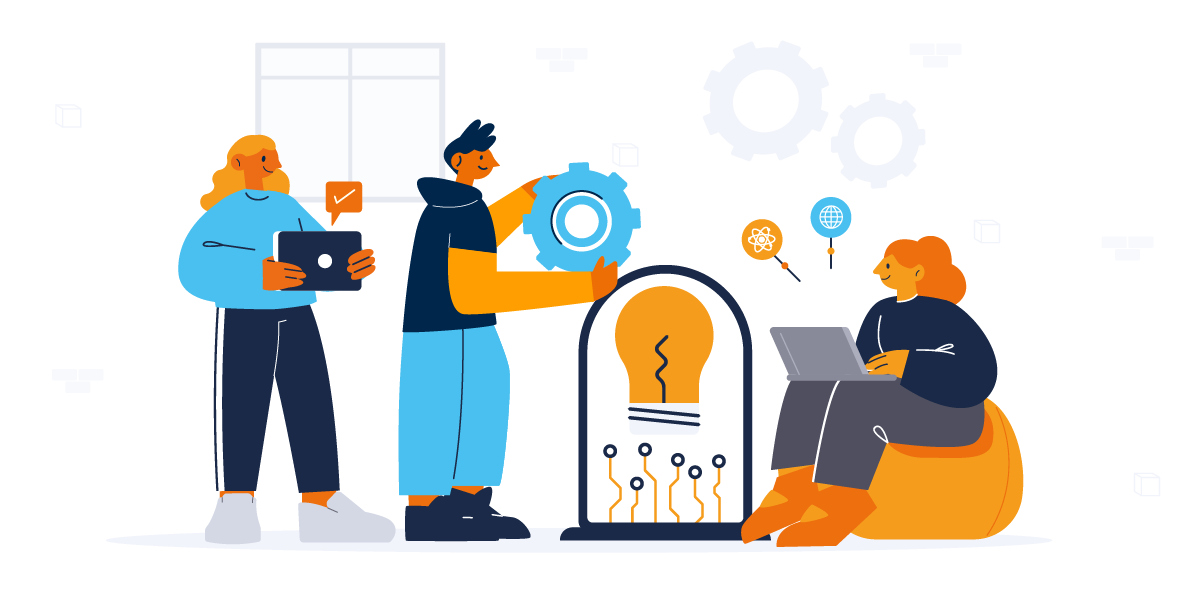Standing out among competitors in today’s marketplace is crucial for any brand. We’ve all come across numerous methods to achieve this, from tweaking messaging and layouts to implementing pop-ups. However, with so many options available, one question remains as the most important one, to start with: what methods are truly the most effective and powerful?
This blog serves as your guide to the world of personalization, presented in an easy-to-understand format. Whether you’re already immersed in e-commerce or preparing to embark on this journey. It provides a comprehensive understanding of personalization and customer experience management, tailored to meet the specific needs of your customers.
T
What is Personalization?
T
At its core, personalization involves a targeted and interest-based approach to engaging website or webshop users. It’s a crucial tool in online marketing, enabling businesses to tailor user experiences based on data collected during their browsing journey. In today’s fiercely competitive landscape, providing an exceptionally personalized experience can be the key to elevating your brand above the competition.
Picture this: A user lands on your website seeking a specific item, only to become overwhelmed by the myriad of options presented, none of which match their preferences. Frustrated, they navigate away to seek alternatives. This is precisely the scenario we aim to avoid through effective personalization strategies.
T
Explore Key Strategies for Successful Personalization
T
- Know your Audience
Effective personalization begins with a deep understanding of your customers. By using first-party data obtained directly from customer interactions, you can gain valuable insights into individual preferences and behaviors. Additionally, zero-party data voluntarily provided by customers offers explicit insights that can inform personalized product experiences.
T
- Dynamic Segmentation
Let’s imagine a clothing retailer with a diverse customer base. Through dynamic segmentation, the retailer can tailor their website to showcase different collections or styles based on the interests of various customer segments. For example, they might feature trendy streetwear for younger urban customers, sophisticated business attire for professionals, and comfortable loungewear for casual shoppers.
T
- Recommendations
Consider an online clothing retailer employing customer preferences. By analyzing past purchase history and browsing behavior, the retailer can personalize product recommendations, suggesting items that align with each customer’s unique style and preferences. This tailored approach improves the shopping experience, leading to increased customer satisfaction and potentially increased sales, making it a very effective tool to enhance paid traffic performance.
T
- Action Campaigns
Suppose a beauty brand launches a new skincare line. By identifying target groups such as skincare enthusiasts or individuals with specific skin concerns, the brand can tailor marketing campaigns to address their unique needs, increasing engagement and conversion rates.
T
Use a chatbot to learn more about your customers’ needs so you can show them relevant products and engage with them in a more personalized way in the future.
T
- A/B & Multivariate Testing
A travel website for example might conduct A/B testing to optimize its booking process. By testing variations of the booking interface, such as the placement of call-to-action buttons or the number of steps in the checkout process, the website can identify the most effective design for maximizing conversions.
T
- Proactive Support
A furniture retailer could implement a chatbot on its website to assist customers with product selection or answer common questions. By proactively addressing customer needs, the retailer can improve the shopping experience and build trust with its audience.
T
- Real-Time Personalization
Imagine a music streaming platform employing real-time personalization to craft playlists for users based on their location, listening history, and favorite genres. The platform enhances user enjoyment and loyalty by delivering customized music recommendations in real time, leading to higher engagement and satisfaction levels.
In conclusion, personalization isn’t just a trendy term, it’s a powerful strategy for brands looking to prosper in today’s competitive landscape. By implementing these personalized experiences, brands can build deeper connections with their audience, leading to increased loyalty and ultimately business success.
T
Stay tuned for more insights and tips on mastering the art of personalization in our future posts.
Want to take your personalization efforts to the next level? Speak with one of our personalization experts today!
T
